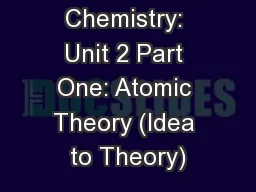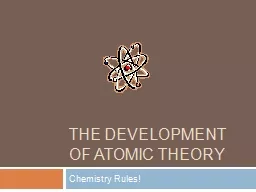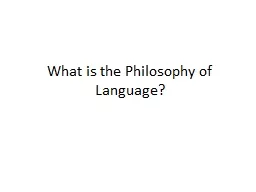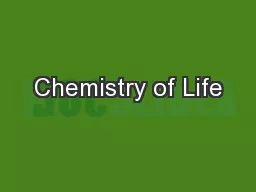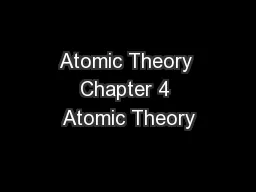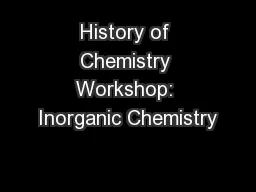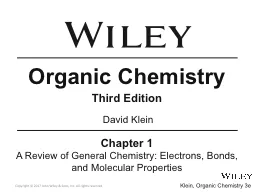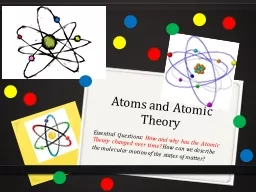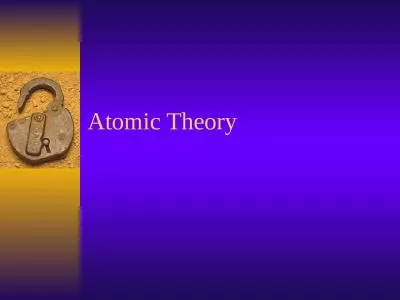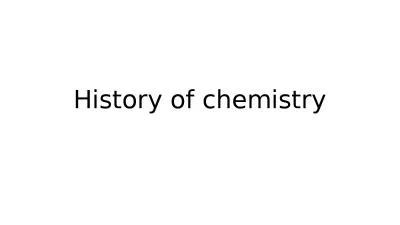PPT-Chemistry: Unit 2 Part One: Atomic Theory (Idea to Theory)
Author : giovanna-bartolotta | Published Date : 2018-09-19
I Foundations of the Atomic Theory A 400 BC Democritus 1 Defined natures basic particles as atoms a means indivisible B 350 BC Aristotle 1 said matter was made
Presentation Embed Code
Download Presentation
Download Presentation The PPT/PDF document "Chemistry: Unit 2 Part One: Atomic Theor..." is the property of its rightful owner. Permission is granted to download and print the materials on this website for personal, non-commercial use only, and to display it on your personal computer provided you do not modify the materials and that you retain all copyright notices contained in the materials. By downloading content from our website, you accept the terms of this agreement.
Chemistry: Unit 2 Part One: Atomic Theory (Idea to Theory): Transcript
Download Rules Of Document
"Chemistry: Unit 2 Part One: Atomic Theory (Idea to Theory)"The content belongs to its owner. You may download and print it for personal use, without modification, and keep all copyright notices. By downloading, you agree to these terms.
Related Documents

